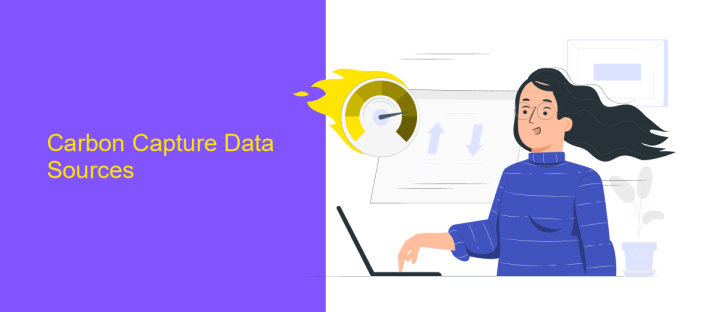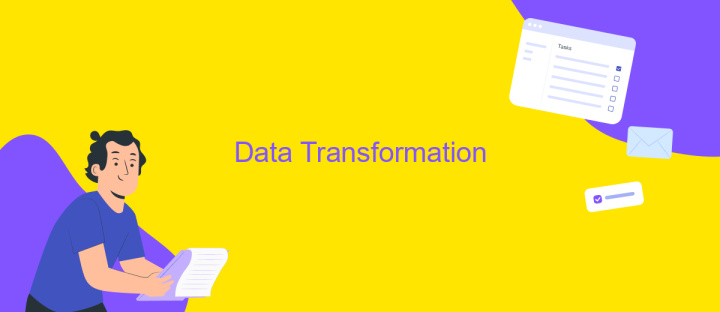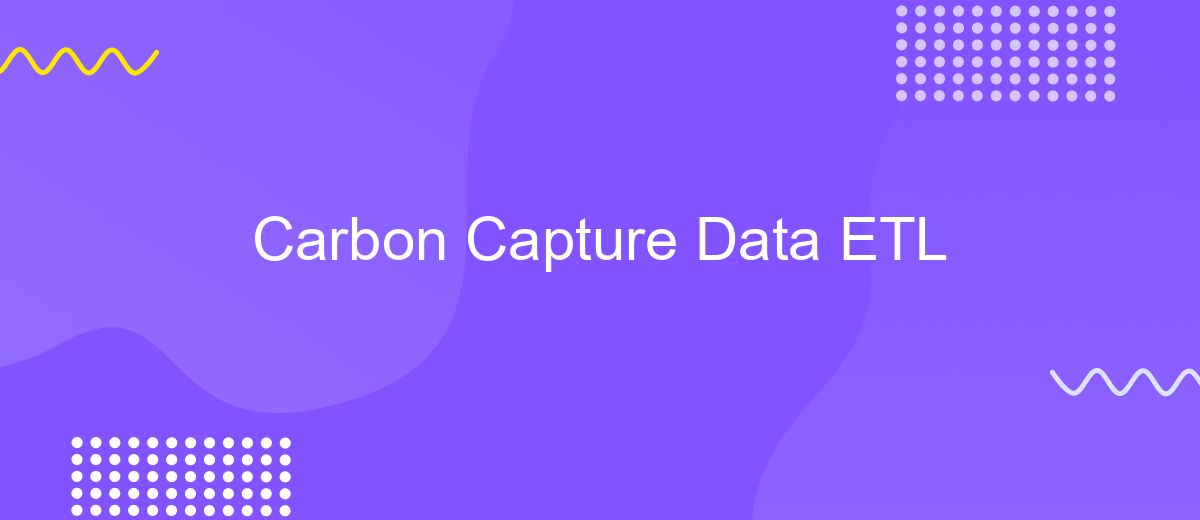Carbon Capture Data ETL
In the era of climate change, effective carbon capture is crucial for reducing greenhouse gas emissions. This article explores the role of ETL (Extract, Transform, Load) processes in managing carbon capture data. By streamlining data integration and analysis, ETL enhances the accuracy and efficiency of carbon capture technologies, paving the way for more sustainable environmental practices.
Introduction
Carbon capture technology has become essential in the fight against climate change, aiming to reduce the amount of carbon dioxide released into the atmosphere. Effective data extraction, transformation, and loading (ETL) processes are crucial for managing the vast amounts of data generated by carbon capture systems.
- Data Extraction: Gathering raw data from multiple sources.
- Data Transformation: Converting data into a usable format.
- Data Loading: Storing the transformed data in a database or data warehouse.
Integrating various data sources can be challenging, but services like ApiX-Drive simplify the process. ApiX-Drive allows seamless integration between different applications and data sources, ensuring that carbon capture data is efficiently managed and analyzed. By leveraging such tools, organizations can optimize their carbon capture initiatives and contribute to a more sustainable future.
Carbon Capture Data Sources

Carbon capture data sources are vital for understanding and mitigating the impact of carbon emissions on the environment. These sources include industrial facilities, power plants, and natural carbon sinks like forests and oceans. Data is collected through various means, including sensors, satellite imagery, and manual reporting. This data is essential for tracking carbon emissions, identifying trends, and implementing effective carbon capture and storage (CCS) strategies.
To ensure seamless integration and accurate data collection, platforms like ApiX-Drive can be utilized. ApiX-Drive offers robust solutions for connecting different data sources and automating the data transfer process. By using ApiX-Drive, organizations can streamline their ETL (Extract, Transform, Load) processes, ensuring that data from various sources is accurately captured, processed, and stored. This not only enhances the efficiency of carbon capture initiatives but also improves the reliability of the data used for analysis and decision-making.
Data Transformation

Data transformation in the context of Carbon Capture Data ETL involves converting raw data into a usable format for analysis and reporting. This process ensures that the data is accurate, consistent, and ready for downstream processes. Key steps in data transformation include data cleaning, normalization, and enrichment.
- Data Cleaning: This step involves identifying and correcting errors in the data, such as missing values, duplicates, and outliers. Ensuring data quality is crucial for accurate analysis.
- Normalization: Data is standardized into a common format, making it easier to compare and combine datasets from different sources. This includes converting units of measurement and aligning data structures.
- Data Enrichment: Additional information is added to the data to enhance its value. This could involve integrating data from external sources, such as environmental databases or using services like ApiX-Drive to automate data integration processes.
Effective data transformation is essential for making informed decisions based on carbon capture data. By leveraging tools and services that streamline the transformation process, organizations can ensure that their data is both reliable and actionable, ultimately supporting better environmental outcomes.
Data Loading

Data loading is a crucial step in the ETL (Extract, Transform, Load) process, where transformed data is loaded into the final target database or data warehouse. This step ensures that the processed data is readily available for analysis and reporting. Efficient data loading can significantly impact the performance and scalability of the entire ETL pipeline.
To facilitate seamless data loading, it is essential to choose the right tools and methodologies. Depending on the data volume and frequency, different strategies can be employed, such as batch loading, real-time loading, or incremental loading. Ensuring data integrity and consistency during this phase is paramount.
- Batch Loading: Suitable for large volumes of data processed at scheduled intervals.
- Real-Time Loading: Ideal for applications requiring immediate data availability.
- Incremental Loading: Efficient for loading only the changed or new data.
For organizations looking to streamline their data loading process, integration services like ApiX-Drive can be invaluable. ApiX-Drive allows for easy connection between various data sources and target databases, automating the data transfer and ensuring that data is consistently up-to-date. This not only saves time but also reduces the risk of errors, thereby enhancing the overall efficiency of the data pipeline.


Data Visualization and Analysis
Effective data visualization and analysis are crucial for understanding and optimizing carbon capture processes. By utilizing advanced visualization tools, stakeholders can gain insights into the performance and efficiency of carbon capture systems. These tools enable the transformation of complex data sets into intuitive visual formats such as graphs, charts, and heatmaps, facilitating easier interpretation and decision-making. For instance, real-time monitoring dashboards can display key performance indicators (KPIs), allowing operators to quickly identify anomalies and make data-driven adjustments.
Integrating data visualization capabilities with ETL (Extract, Transform, Load) processes can further enhance the analysis. Services like ApiX-Drive can streamline this integration by automating data flows between various systems and visualization platforms. ApiX-Drive supports a wide range of connectors, enabling seamless data extraction from multiple sources, transformation into a suitable format, and loading into visualization tools. This automation not only saves time but also ensures data accuracy and consistency, ultimately leading to more reliable and actionable insights in carbon capture data analysis.
FAQ
What is Carbon Capture Data ETL?
Why is ETL important for Carbon Capture data?
How can I automate the ETL process for Carbon Capture data?
What kind of data sources can be integrated in Carbon Capture Data ETL?
What are the challenges in Carbon Capture Data ETL?
Apix-Drive will help optimize business processes, save you from a lot of routine tasks and unnecessary costs for automation, attracting additional specialists. Try setting up a free test connection with ApiX-Drive and see for yourself. Now you have to think about where to invest the freed time and money!

